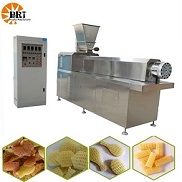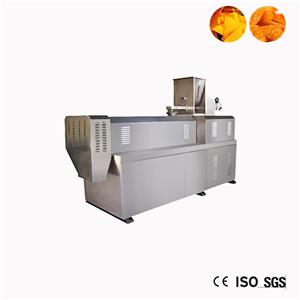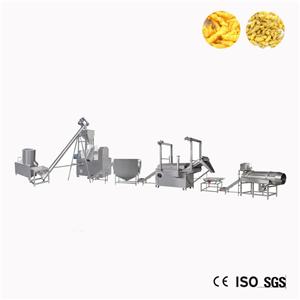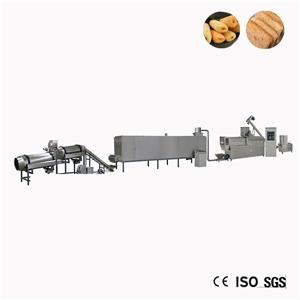The role of pet feed additives
The role of pet feed additives
A general term for small amount or trace substances added to Pet food to meet the special needs of pets.
Adding purpose: to improve the nutritional value of Pet food, improve the utilization rate and promote animal production; Improve the physical properties of Pet food and increase its storage resistance; Enhance animal health and improve product quality.
Nutritional additives are small or trace substances added to Pet food to balance nutritional ingredients, improve utilization rate and directly play a Nutrition on animals, mainly including amino acids, vitamins, trace mineral elements and other nutritional additives.
Amino acids, vitamins
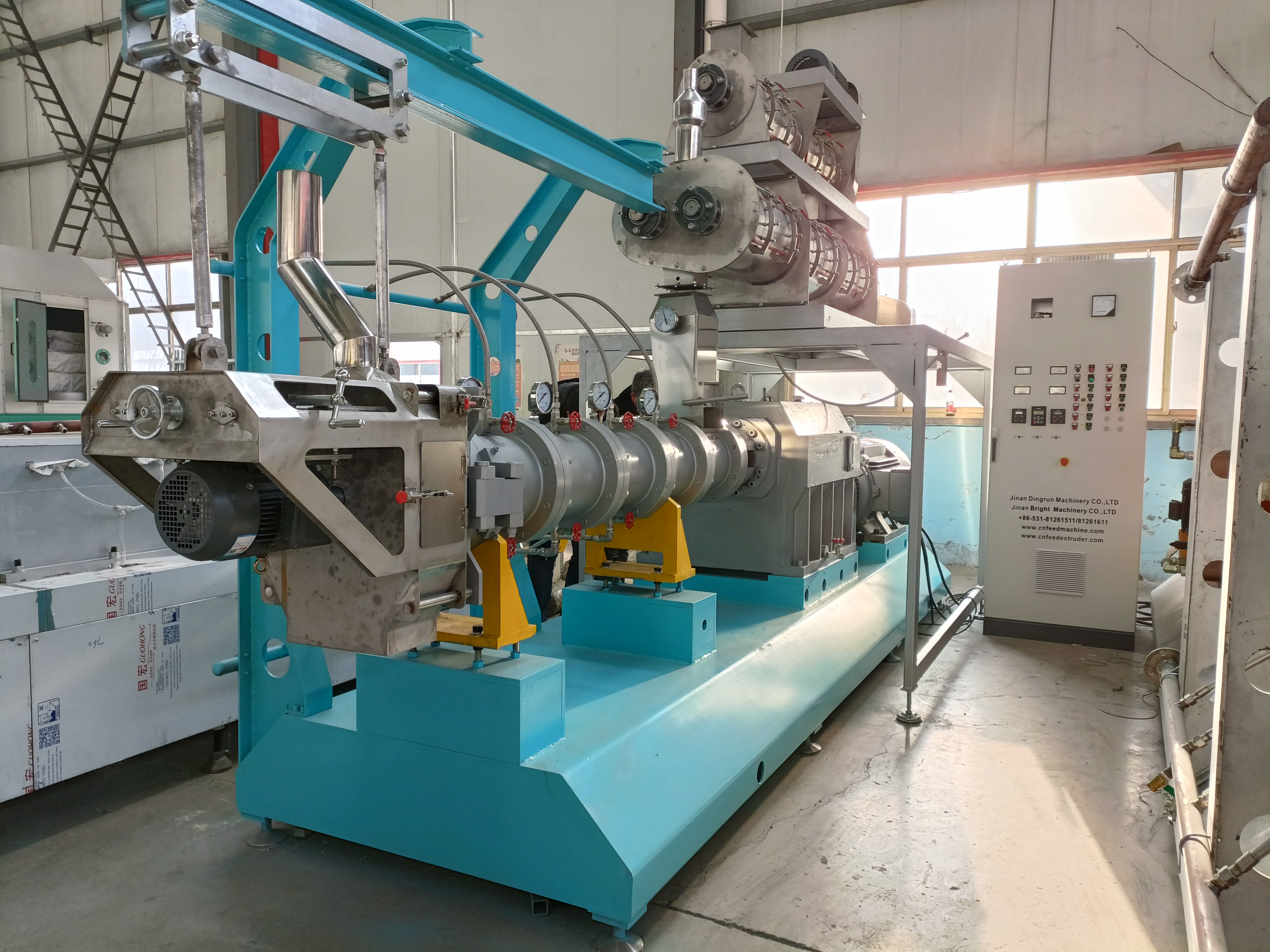
Adding amino acids as an effective means to improve the utilization rate of dietary protein is the largest type of additive used in formulas. The amino acids commonly used by pets are methionine, arginine and lysine, and Taurine is widely used in cat food.
Amino acids are the main component of animal protein synthesis, and the main function of adding amino acids is to make up for the deficiency of amino acids and make full use of other amino acids.
Vitamins are the most commonly used and important type of additive. Among various vitamin additives, Choline chloride, vitamin A, vitamin E and niacin account for the largest proportion. There are many kinds of vitamin additives, which can be divided into fat soluble and water soluble according to their solubility. Generally, vitamin A, vitamin D3, vitamin E, Vitamin K, vitamin B2, niacin, pantothenic acid, Choline chloride and Vitamin B12 need to be added.
Trace element additives, enzyme preparations
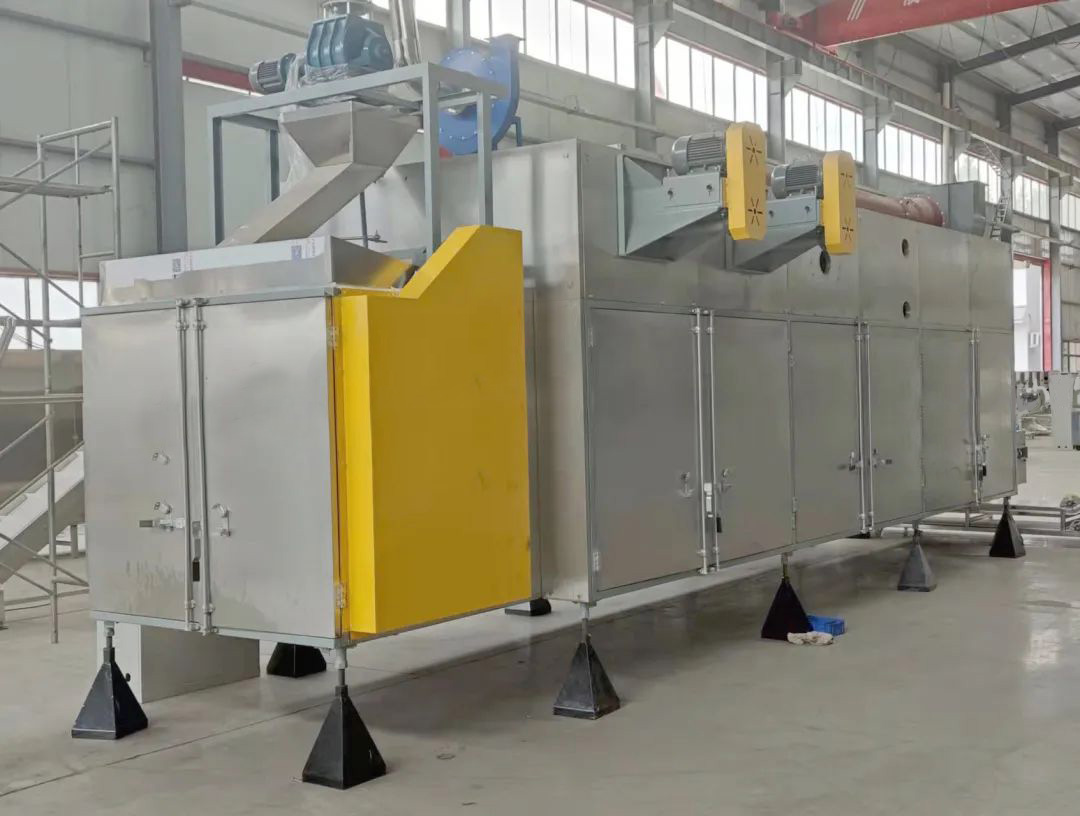
The trace elements required by animals mainly include iron, copper, zinc, manganese, iodine, and selenium. These trace elements not only provide essential nutrients for animals, but also activate or inhibit certain vitamins, hormones, and enzymes. They play an extremely important role in ensuring normal physiological functions and material metabolism of animals, and have functions such as regulating body metabolism, promoting growth and development, and enhancing disease resistance.
Common trace element additives include Potassium chloride, Iron(III) sulfate, Copper(II) sulfate, Zinc sulfate, Potassium iodide, Sodium selenite, etc.
Enzyme preparation refers to an additive made by a certain production process using one or more enzymes, carriers, and diluents produced by biotechnology. It can improve animal digestion ability, improve digestion rate and nutrient utilization rate, transform and eliminate anti nutritional factors in feed, and fully utilize new resources.
Including protease, Amylase, lipase, cellulase, Xylanase β- Glucoamylase, mannanase, phytase. The common enzymes in Pet food include protease, lipase and Amylase.
Microecological preparations
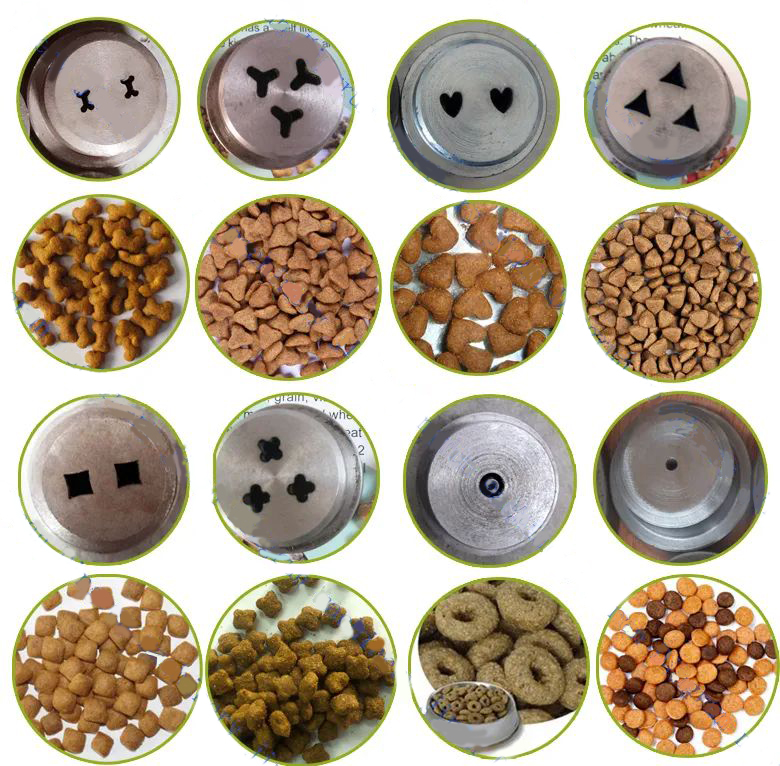
The commonly used microecological agents include Lacticaseibacillus casei, Lactiplantibacillus plantarum, fecal streptococcus, Bacillus subtilis, Lactobacillus acidophilus, Lactococcus lactis, Saccharomyces cerevisiae, Candida utilis, etc.
Most pet microbiota formulations contain various probiotics such as Lactobacillus and Bifidobacterium, and composite formulations have better effects than single bacterial formulations.
Qualifications: The bacterial body can tolerate acidic environments, bile salts, adhere to canine intestinal epithelial cells, and produce substances similar to bacteriocins.
Usage: To prevent deactivation, post spraying process is generally used; To ensure a sufficient number of live bacteria, stable and continuous addition is necessary.
Company :
Address :
Phone :
Email :
Skype :
Whatapp/Wechat:


